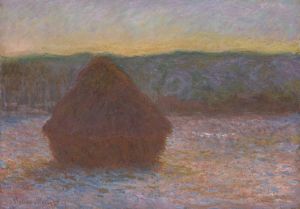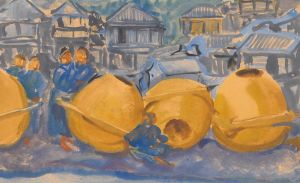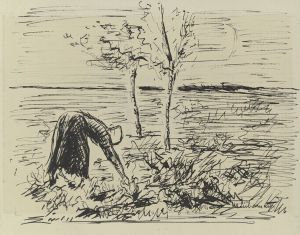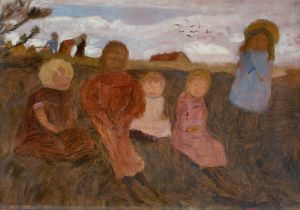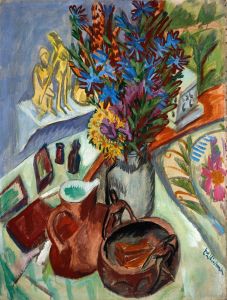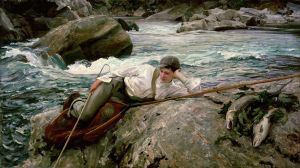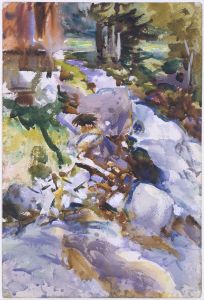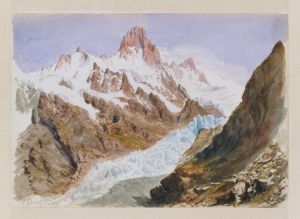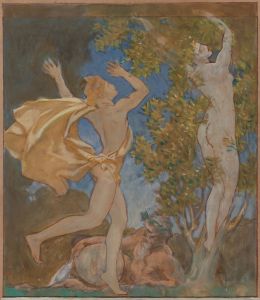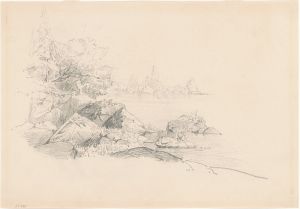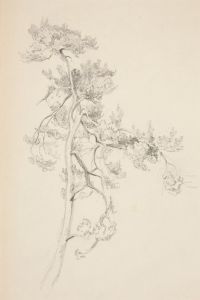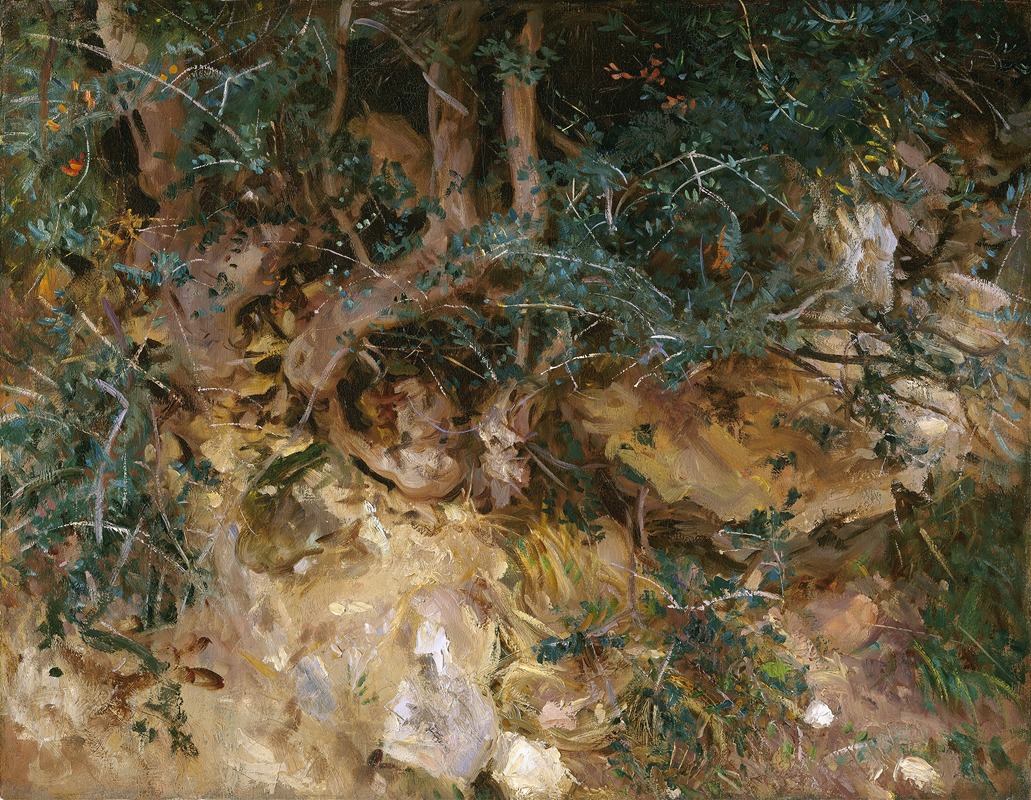
Valdemosa,Majorca – Thistles and Herbage on a Hillside
A hand-painted replica of John Singer Sargent’s masterpiece Valdemosa,Majorca – Thistles and Herbage on a Hillside, meticulously crafted by professional artists to capture the true essence of the original. Each piece is created with museum-quality canvas and rare mineral pigments, carefully painted by experienced artists with delicate brushstrokes and rich, layered colors to perfectly recreate the texture of the original artwork. Unlike machine-printed reproductions, this hand-painted version brings the painting to life, infused with the artist’s emotions and skill in every stroke. Whether for personal collection or home decoration, it instantly elevates the artistic atmosphere of any space.
"Valdemosa, Majorca – Thistles and Herbage on a Hillside" is a painting by the renowned American artist John Singer Sargent. Known primarily for his portrait work, Sargent also produced a significant number of landscapes and genre scenes throughout his career. This particular painting is one of his lesser-known works, focusing on the natural beauty of the landscape rather than human subjects.
John Singer Sargent was born on January 12, 1856, in Florence, Italy, to American expatriate parents. He became one of the leading portrait painters of his generation, celebrated for his ability to capture the character and personality of his subjects with remarkable skill. However, Sargent's artistic interests extended beyond portraiture, and he often sought inspiration from his travels across Europe and the Mediterranean.
The painting "Valdemosa, Majorca – Thistles and Herbage on a Hillside" was created during one of Sargent's many travels. Valldemossa is a picturesque village located on the island of Majorca, part of the Balearic Islands in Spain. The region is known for its stunning landscapes, characterized by rugged hillsides, lush vegetation, and a Mediterranean climate. Sargent visited Majorca in 1908, and it is during this period that he painted this particular work.
In this painting, Sargent captures the essence of the Majorcan landscape with a focus on the natural elements of thistles and herbage. The composition highlights the wild and untamed beauty of the hillside, with a keen attention to detail that brings the scene to life. Sargent's use of light and color is particularly noteworthy, as he employs a palette that reflects the vibrant and varied hues of the Mediterranean environment.
Sargent's technique in this work is indicative of his broader approach to landscape painting. He often employed loose brushwork and a keen sensitivity to light and atmosphere, which allowed him to convey the mood and essence of a place rather than a precise, detailed representation. This approach is evident in "Valdemosa, Majorca – Thistles and Herbage on a Hillside," where the interplay of light and shadow creates a dynamic and engaging composition.
While Sargent is primarily celebrated for his portraits, his landscapes and genre scenes reveal a different facet of his artistic talent. These works demonstrate his ability to capture the beauty and diversity of the natural world, often with a sense of immediacy and spontaneity. "Valdemosa, Majorca – Thistles and Herbage on a Hillside" is a testament to Sargent's versatility as an artist and his deep appreciation for the landscapes he encountered during his travels.
The painting is part of Sargent's broader body of work that explores the landscapes of Europe and the Mediterranean. It reflects his interest in capturing the unique qualities of different environments and his ability to translate these into compelling visual narratives. Today, Sargent's landscapes are appreciated for their artistic merit and their ability to transport viewers to the places he so vividly depicted.
In summary, "Valdemosa, Majorca – Thistles and Herbage on a Hillside" is a fine example of John Singer Sargent's landscape painting. It showcases his skill in capturing the natural beauty of the Majorcan landscape and highlights his broader contributions to the genre of landscape art.





